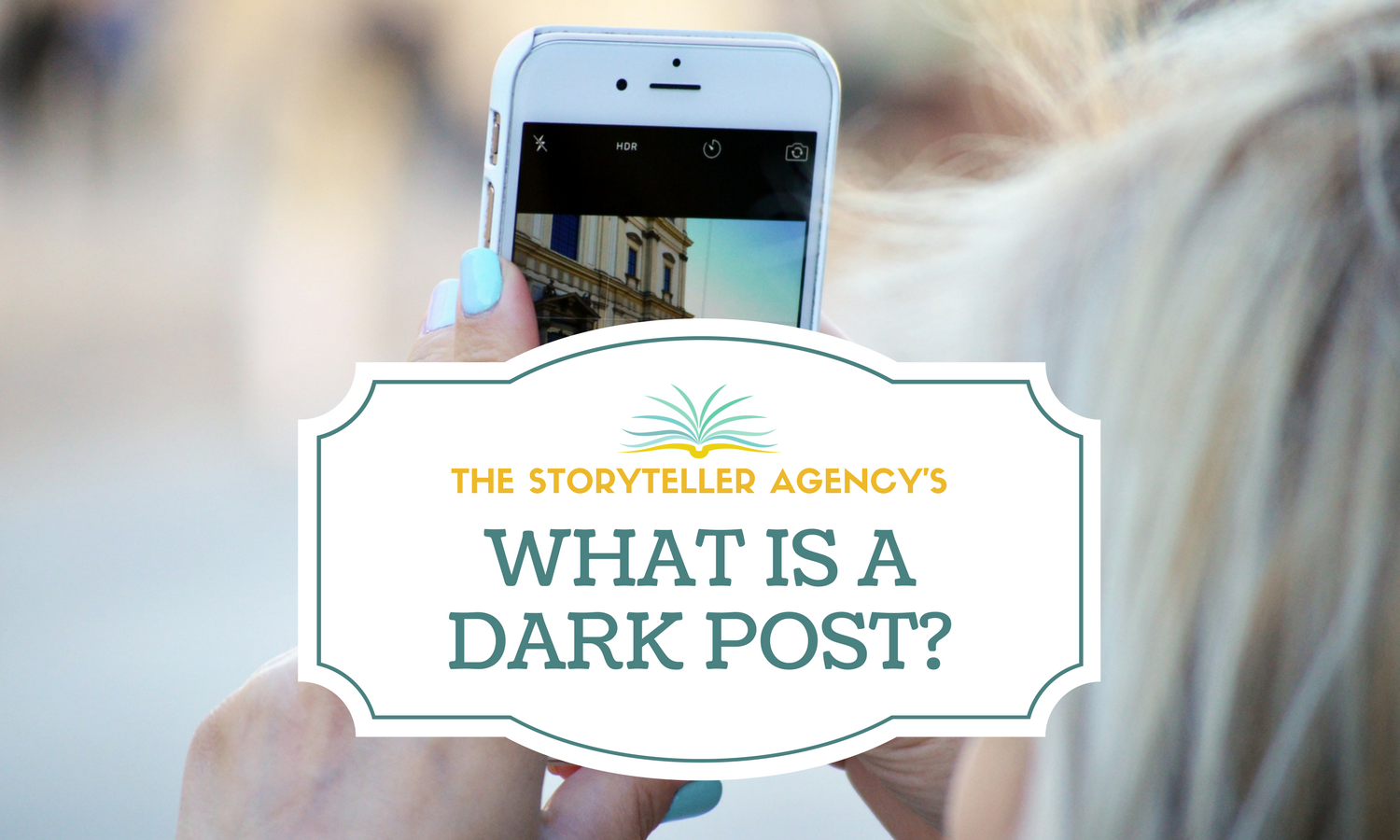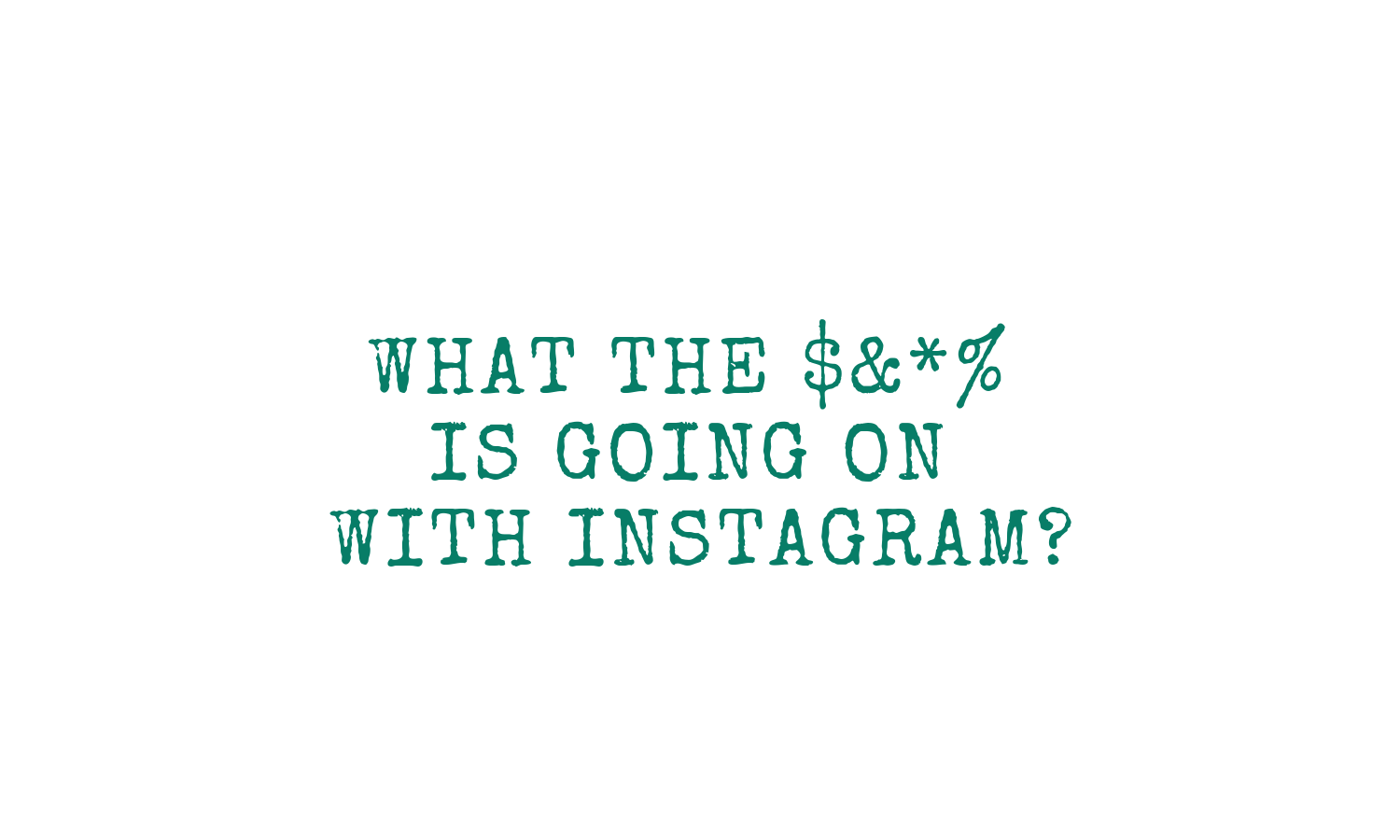When is the Best Time to Post on Social Media: 2019?
You’ve heard that quality content is essential for connecting with your audience. Almost equally important is timing. When you post your content makes a huge difference in whether or not your audience will even see it. Because people’s social traffic patterns change, what you did in 2017 or 2018 may not be as effective now that it’s 2019. Here we break down the best times, generally speaking, for brands to post on Facebook, Instagram, and Twitter.
The Best Time to Post on Facebook in 2019
Though Facebook has had some fluctuations in its audience over the past few years, the most recent studies show that generally speaking, your best times to post are:
During the week from 12 p.m. to 3 p.m. (but not on Tuesdays. Tuesdays are not high-ranking days for Facebook.)
On weekends from 1 p.m. to 4 p.m.
Note that you can go to Facebook analytics and insights to determine the best times for your audience; however, if you are new or want to add posting times or run a live video feed, these tend to be the times that yield the highest results.
Generally speaking, posts made during the week (especially on Mondays and Wednesdays) perform better than on weekends when people are doing things rather than checking in on and surfing social media.
Timing your Tweets on Twitter
Moving on, Twitter can seem like an even harder platform to nail down given how quickly and frequently people tweet. If you’re posting video content to Twitter, then use the Twitter Media Studio’s Timing is Everything insight tool. It works a lot like Facebook’s insight tools and shows the days and times you have your highest engagement. The tool breaks down your best engagement times to the hour.
On Twitter, from 10 a.m. to 2 p.m. on weekdays, engagement is typically high.
The peak traffic time on Twitter is on weekdays from 12 p.m. to 1 p.m.
What this tells about this user’s Twitter audience is that most people like to check their Twitter feed during their lunch hour, perhaps while commuting to a lunch meeting or a lunch destination or back to the office, or they like to check their Twitter feeds while they are kicking it in their office.
Instagram is the most popular social media platform in 2019. Taking advantage of peak posting times can help you grow your brand. Photo credit: Eaters Collective
If you’re new to Twitter, start with these insights and go from there. As you post, monitor your metrics to see what your audience does and tweet accordingly.
Insights on When to Post to Instagram
Like the other major platforms, Instagram has a huge audience and a fast-moving feed, so posting when your audience is most likely to engage is critical. Once again, these are general best times—targeted best times will be accessible via your personal insights.
Weekdays from 5 a.m. to 9 a.m.
Weekdays from 11 a.m. to 3 p.m.
Evenings from 7 p.m. to 9 p.m.
Saturdays at around 5 p.m.
Thursday at 5 p.m., 11 a.m., and 3–4 p.m.
Sundays are the worst day to post overall according to Instagram data. Mondays, Wednesdays, and Thursdays tend to be the best.
Top Times for Posting to YouTube
YouTube, the primary video content platform, has higher viewership in the afternoons on weekdays but during the morning on weekends.
Most viewers check in from 12 p.m. to 4 p.m. during the week
Weekend viewership peaks from 9 a.m. to 11 a.m. on both Saturdays and Sundays
Prime Time for Posting on Pinterest
Lastly, Pinterest is a little different from the other platforms. In fact, peak Pinterest times are in almost direct opposition to other popular platforms.
Pinterest is nocturnal with the best posting times being from 8 p.m. to 11 p.m.
In general, most people check their social media during their lunch hour on weekdays, which makes that a prime time to post. Photo credit: Jwlez
This makes sense as the majority of the Pinterest audience is comprised of women with both careers and children, and most of these women only get their personal time for surfing Pinterest after everyone else is in bed.
Key Takeaways on the Best Times to Post to Social Media in 2019
Importantly, the real key takeaways are these:
Times when your audience has “down time” are likely to be their peak posting times (i.e., on the commute to work, during lunch hour, after the family is in bed, etc.)
There is no specific one-size-fits-all best-time formula for when to post on social media—otherwise, everyone would post at the same time.
Only by using your platform’s insights can you figure out when your audience is most active and is engaging most with your content.
Importantly, make sure you are aware of the time zone that your metrics are measuring. You don’t want to, for example, think that your best posting times are at 9 a.m. only to realize your Facebook is measuring EST instead of MST.
To conclude, if you are not already using insights to help you make good judgements about your social media timing strategy, start using them and make it a matter of routine to monitor them as audiences change their habits from time to time. Once you do, you will notice your engagement numbers rise. It’s about time that happens, don’t you think?
There are many moving parts that go into a successful social media strategy, and timing is one of them. If you are building a brand or are trying to navigate promoting your brand on social media and would like guidance and support, click this link to contact us, The Storyteller Agency .









